Do you have a question about the La San Marco NEW 85 and is the answer not in the manual?
Provides installation, use, and maintenance info for the coffee machine.
Crucial safety warnings and operational precautions for the espresso coffee machine.
Specifies requirements like ambient temperature, water pressure, and hardness for starting.
Technical details and special features for La San Marco 85 S series semi-automatic machines.
Technical details and special features for La San Marco 85 E series automatic machines.
Lists the components included in the espresso machine's accessory kit.
Instructions for setting up the water feeding and drainage lines for the espresso machine.
Emphasizes the importance of a water softener for machine performance and longevity.
Detailed steps for installing the water system components and connections.
Instructions for connecting the drainage tube to the water drainage system.
Guidelines for safely connecting the espresso machine to the electrical power supply.
Step-by-step guide on how to fill the espresso machine's boiler with water.
Instructions for adjusting the pump pressure to the optimal 9 bar for brewing.
Procedures for setting the steam pressure and calibration of the pressure switch.
Steps to heat the water in the boiler and vent air from the system.
How to use the on/off button to operate the electric cup warmer shelf.
Guide on using the steam lever to heat liquids or foam milk for beverages.
Instructions for using the hot water tap for preparing tea and other hot beverages.
Advice on tamping coffee and checking the correct coffee level in the filter.
How to brew coffee using both semi-automatic and automatic models.
Procedure for safely emptying the boiler of water.
Detailed steps for programming automatic coffee brewing portions on the 85-E models.
Essential daily cleaning routines for brewing units to maintain performance.
Explanation of alarm indicators and troubleshooting for common malfunctions.
Instructions for connecting the appliance to the gas supply mains or LPG bottle.
Guidelines for proper ventilation of combustion fumes and room air intake.
Steps for igniting the burner using the gas valve knob and ignition button.
Procedures for adjusting gas calibration, injectors, and heat flow based on gas type.
Explanation of the thermocouple and thermostat safety devices that shut off gas flow.
Troubleshooting steps for boiler overfilling and water leaks from safety valves.
Diagnosing issues when the safety valve trips, related to pressure or electrical faults.
Troubleshooting for the machine not heating water, indicating heating element issues.
Solutions for no water flow from a serving unit, often due to grinding issues or blockages.
Addressing inconsistent serving quantities across different units.
Troubleshooting programming issues for serving quantities and copying settings.
Resolving alarms related to displacement meters or their wiring.
Diagnosing autolevel alarms, checking water supply and solenoid.
Troubleshooting when the machine is on but the electronic control is not functioning.
Solutions for unintended water dispensing from a serving unit.
Troubleshooting continuous water dispensing from a unit in 85 S models.
Resolving issues with low steam or water droplet output from the steamer.
Addressing small drops of water from the tap, likely due to gasket issues.
Troubleshooting a whistling sound after coffee serving, related to expansion valve or pressure.
Solutions for the filter cup detaching from the serving unit, usually a gasket issue.
Fixing coffee drips from the filter cup edge during serving.
Diagnosing and fixing water leaks from the serving unit solenoid drain.
Troubleshooting light cream and fast coffee flow, related to grinding, pressure, or temperature.
Addressing dark cream and slow coffee drips, related to grinding, pressure, or temperature.
Solutions for finding grounds in the coffee cup, often due to grinding or filter issues.
Troubleshooting coffee spurting from the spout with little cream, often a clogged filter.
Fixing thin cream that dissipates quickly, related to temperature or grinding.
Addressing depressions in coffee grounds, linked to filter clogging or coffee amount.
| Brand | La San Marco |
|---|---|
| Model | NEW 85 |
| Category | Coffee Maker |
| Language | English |
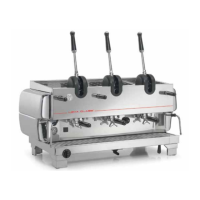

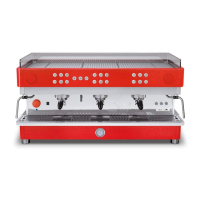


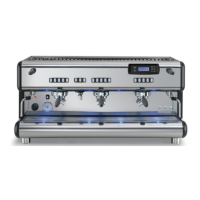
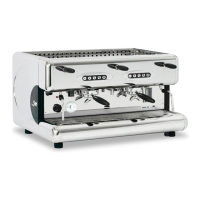

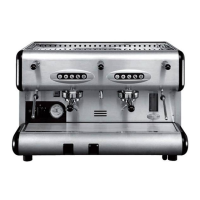
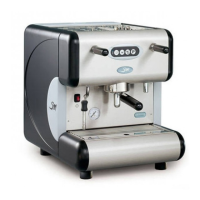
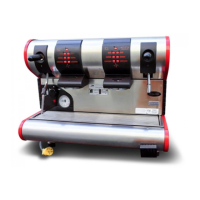

